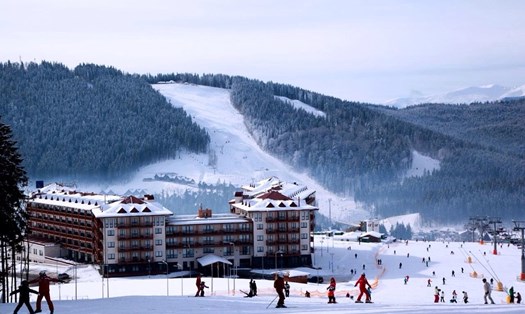At the destroyed Irpin bridge, which was a flashpoint in the Russian offensive in 2022, tourist Alberto Blasco Ventas, a 23-year-old software engineer from Spain, was on a special tour. The bridge was blown up by the Ukrainian military to stop the Russian army's advance in its attempt to capture the capital, Kiev.
Despite Russian troops having withdrawn hundreds of kilometers from the area, Kiev is still a frequent target of missile and drone attacks. It was against this backdrop that Blasco Ventas decided to choose the area as his holiday destination. He admits to feeling scared at first being in a war zone where the risks are still there.
Blasco Ventas’s trip is part of a type of so-called “dark tourism” offered by several companies in Ukraine, which takes visitors to sites where tragic events took place, where the devastation and loss are still vivid.

This war tourism industry, while still relatively small, is growing in Ukraine as companies capitalize on the curiosity of international visitors. Tours go beyond the Irpin Bridge and include other sites of attack, giving visitors a better understanding of the extent of the conflict’s devastation.
However, the trend has been controversial among Ukrainians. Some find it hard to understand why the country’s tragic sites have become tourist attractions. For them, these are not just places of conflict, but also symbols of suffering and sacrifice.
However, this type of tourism does not simply serve the needs of tourists to explore. It also provides an opportunity for international visitors to better understand the situation in Ukraine, while helping the local economy recover somewhat through service activities.
The destroyed bridge at Irpin, now a symbol of resilience and determination, has transformed from a fierce battlefield into a distinctive tourist attraction, attracting both curiosity and compassion from visitors. As the conflict continues, such visits still challenge the line between exploration and sensitivity to the suffering of local people.



